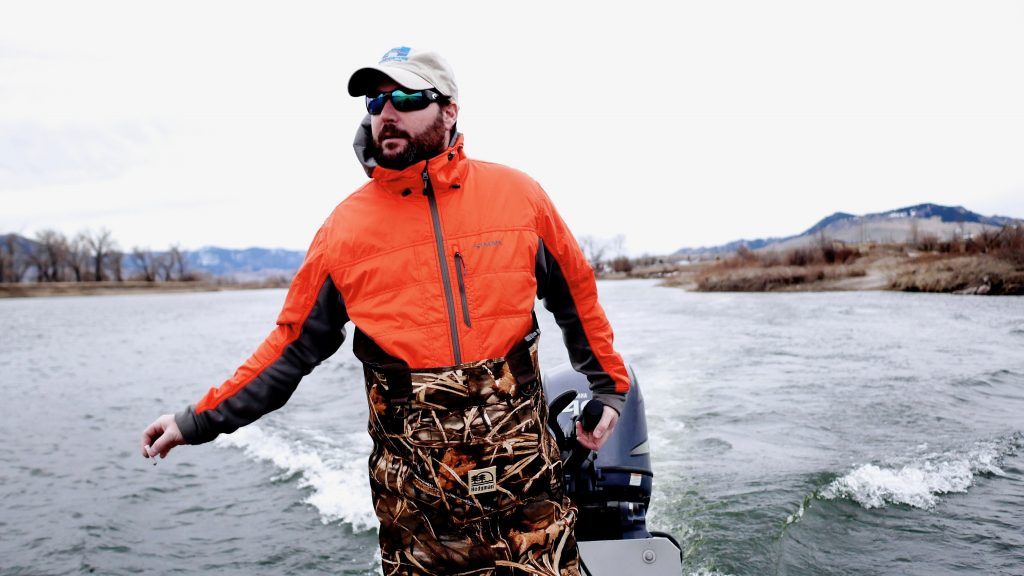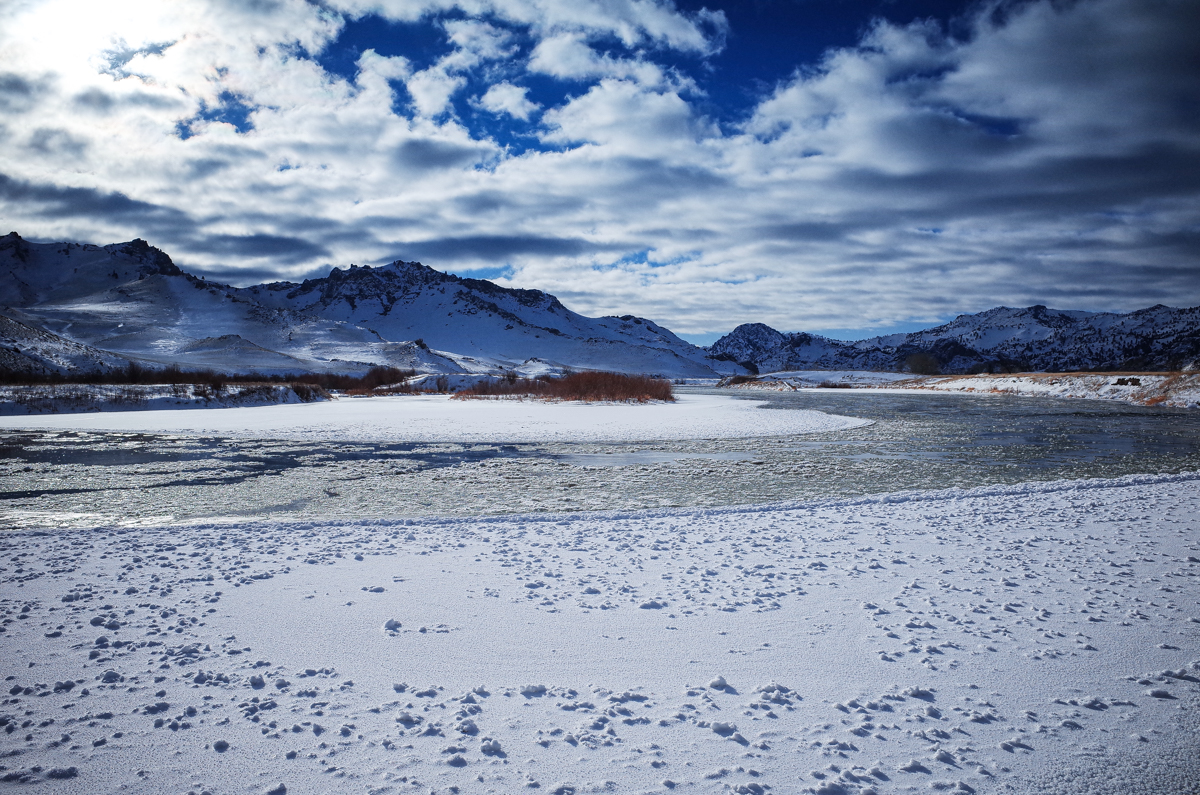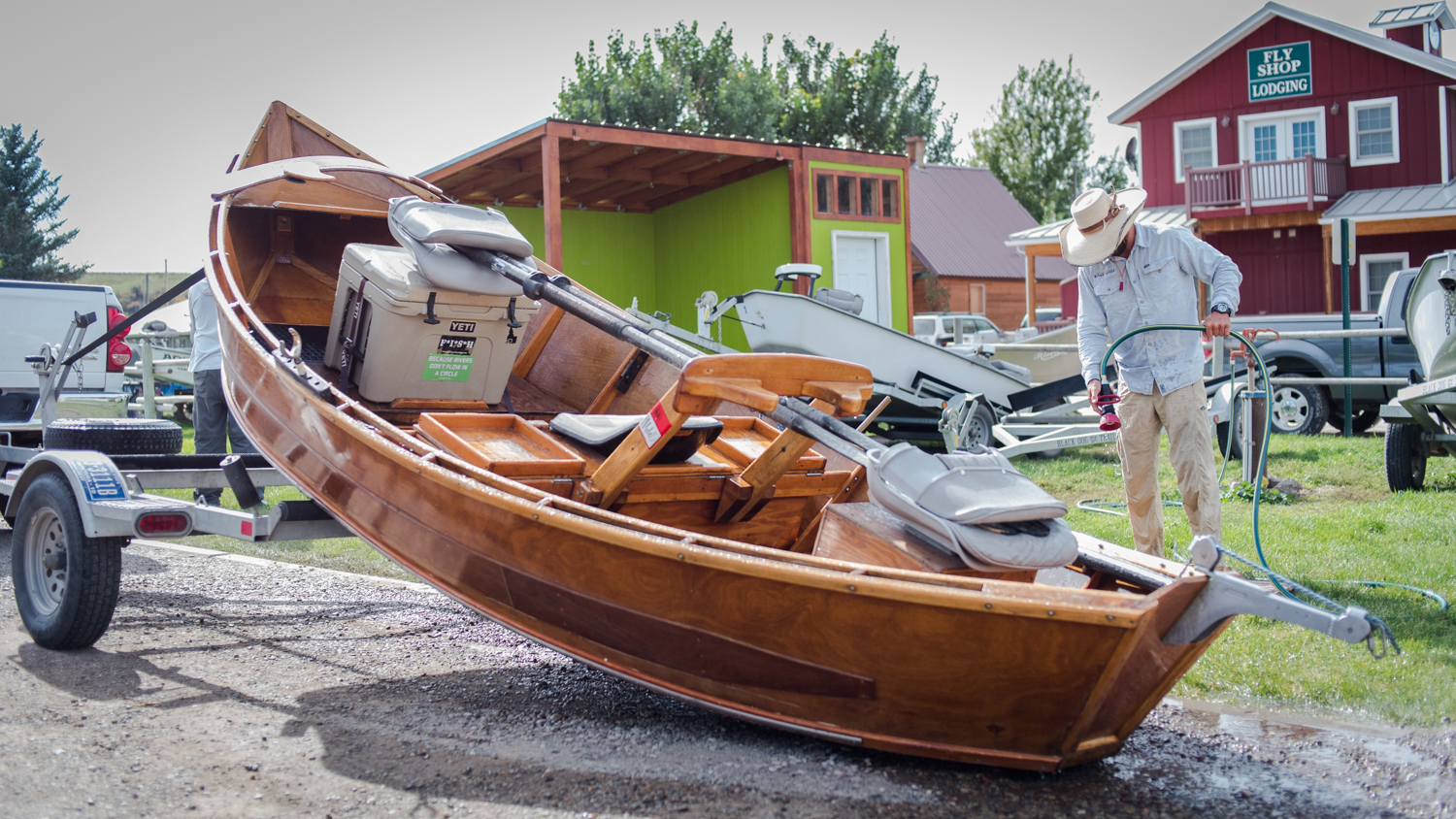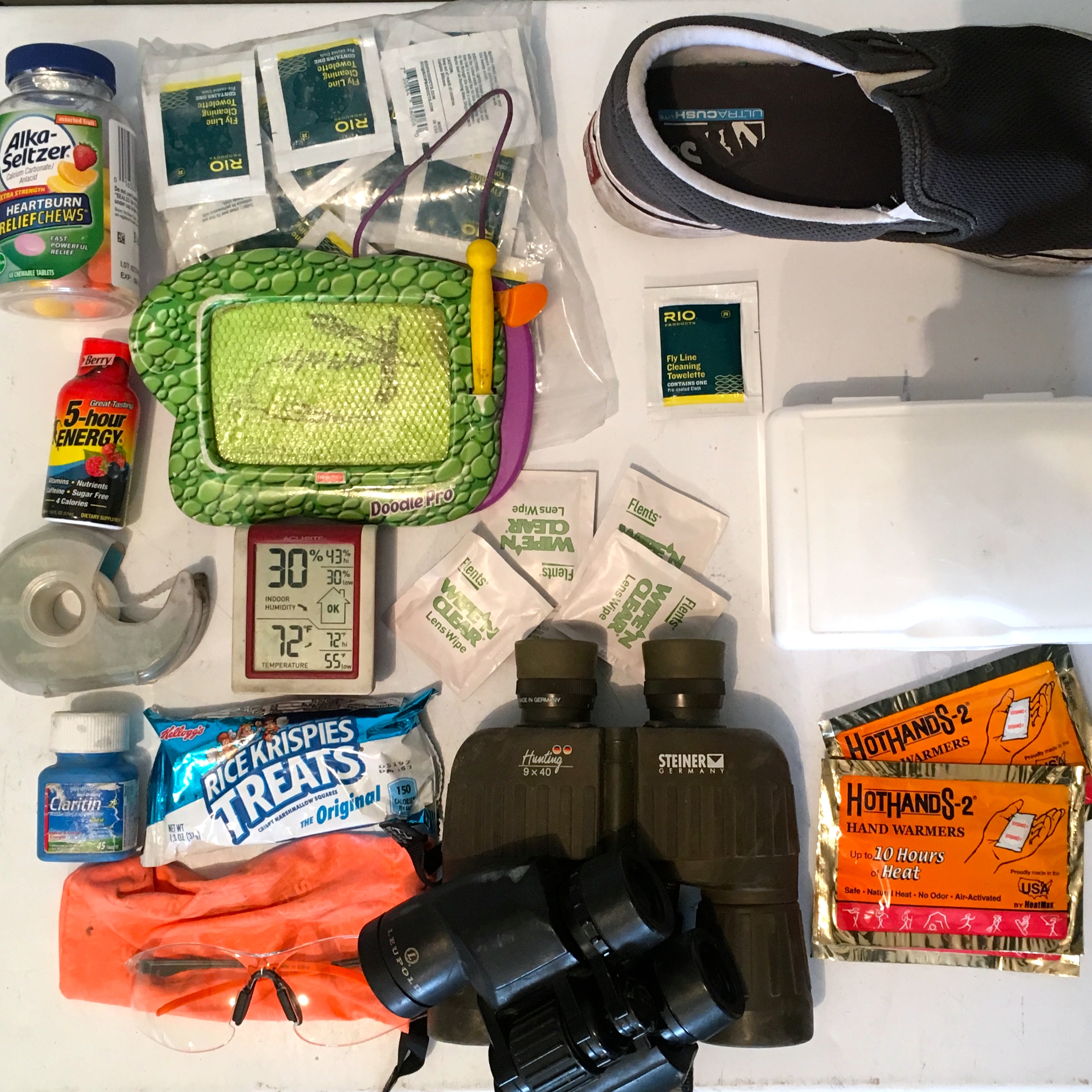Above: Headhunters guide Capt. Ryan McCourtney running his powerboat downstream from Cascade.
“Montana’s rivers and streams comprise less than 1% of our landscapes, but are valued and used disproportionately by people,wildlife and, of course, fish. They are the focal points of communities, offer recreational opportunities for non-motorized and motorized uses, as well as provide important habitats for wildlife and fish.”
The Montana Chapter of Backcountry Hunters and Anglers (BHA) has announced it’s Quiet Waters Initiative, aimed at taking a proactive approach to motorized use restrictions on Montana waterways. Many of our waterways have no restrictions, and as BHA points out, advances in watercraft design mean there are now boats that can go just about anywhere. They have spent over a year taking inventory of Montana rivers and streams, as well as restrictions or lack of. They also interviewed local users along the way to help them get an idea about historic use and user conflicts while compiling a list of recommendations.
I don’t think I’d call this a heated issue in our area… yet. But we are starting to see more motorized use, as well as more consistent motorized use. If you live here you are used to seeing a motorboat here and there, often during higher flows in spring. During duck hunting season there’s usually a sled or two running around Craig. And guided visitors here for the first time are often shocked to see a jet boat screaming upriver. Minor conflicts that we hear about tend to occur between Pelican Point and Cascade. This area has a long tradition of motorized use, and is highly regarded by dry fly anglers who don’t appreciate the jet boat wakes putting their fish down.
Of course we also are home to the “Land of the Giants”, arguably the most popular fly-fishing-power-boat fishery in Montana. Conflicts in this stretch occur between wading and powerboat anglers.
Read the highly detailed recommendations BHA has for the state by clicking the link below.




